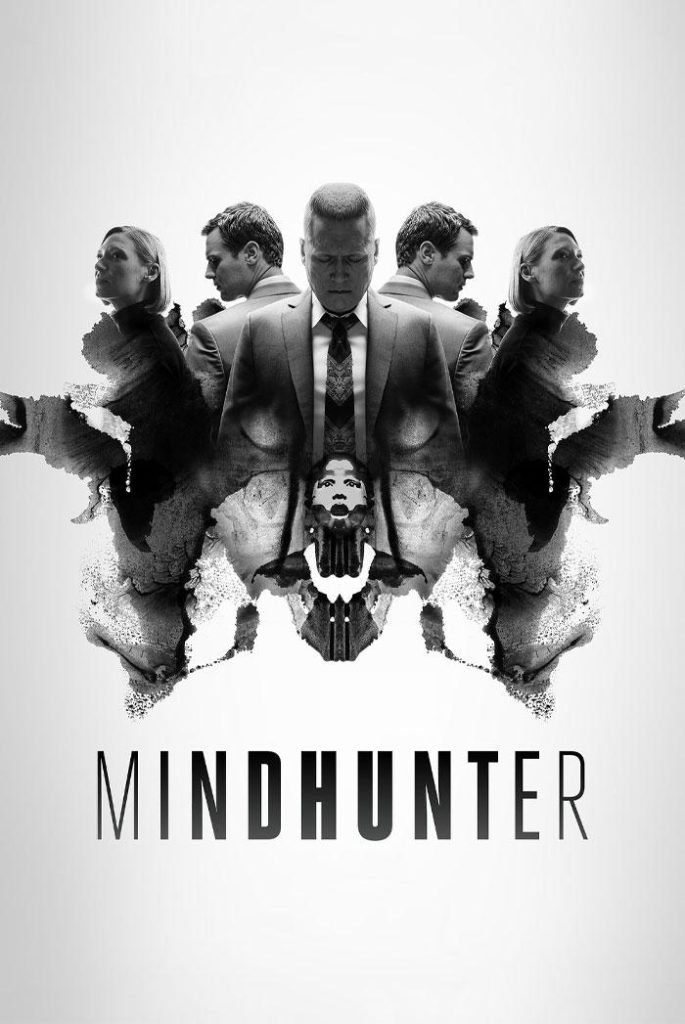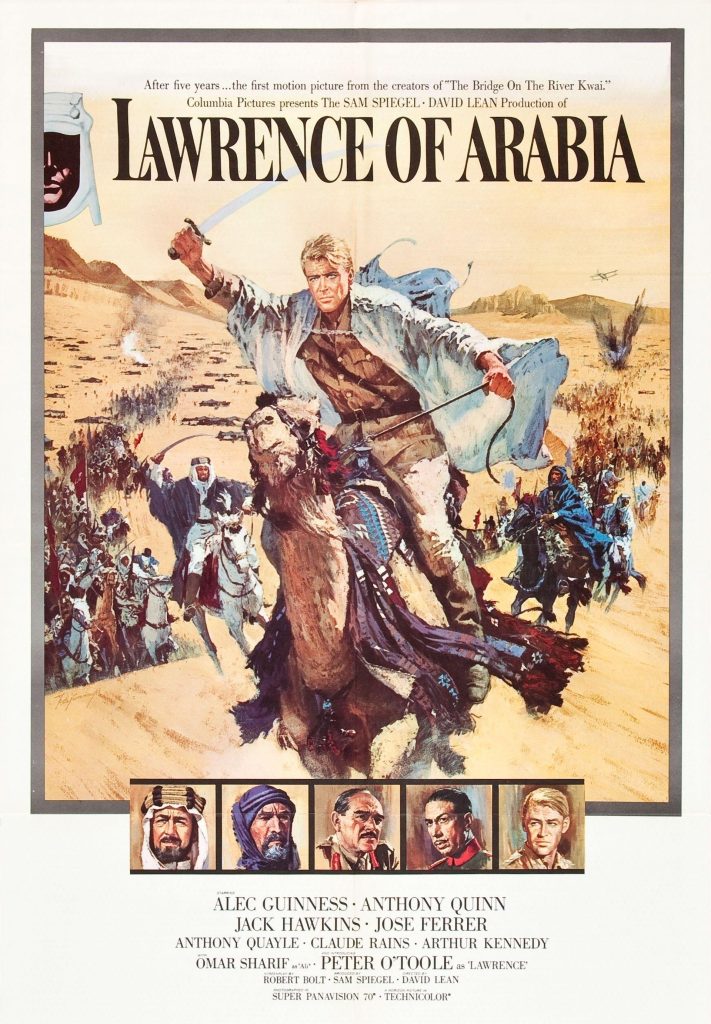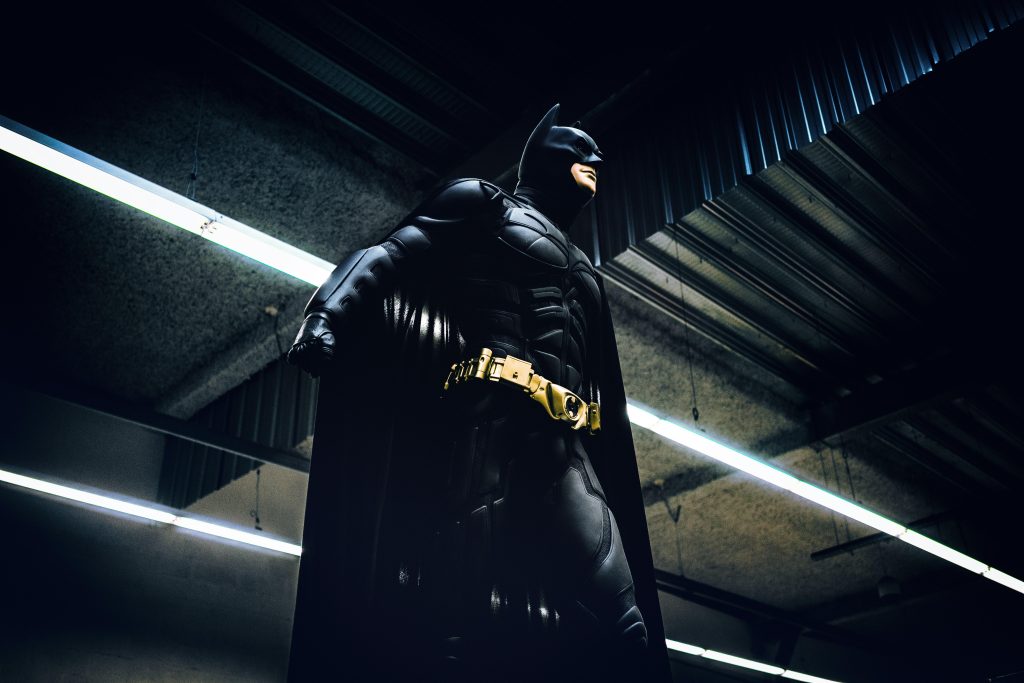“” stands as a monumental achievement in the realm of psychological thrillers, a genre often saturated with formulaic narratives and predictable outcomes. Released in 1991 and directed by Jonathan Demme, this film not only captivated audiences with its gripping storyline and complex characters but also redefined the boundaries of suspense and horror in cinema. Through its meticulous direction, exceptional performances, particularly by Jodie Foster and Anthony Hopkins, and a screenplay that masterfully intertwines elements of crime, psychology, and horror, ”The Silence of the Lambs” transcends its genre to become a timeless study of human behavior and the darker recesses of the mind. This article delves into the myriad components that contribute to the film’s enduring legacy, exploring how it continues to resonate with audiences and influence filmmakers decades after its release.
Psychological Depth and Character Development
At the heart of “The Silence of the Lambs” lies its masterful exploration of , elements that elevate the film from a mere thriller to an unforgettable classic. The intricate interplay between Clarice Starling, a young FBI trainee, and Dr. Hannibal Lecter, a brilliant yet terrifying cannibalistic psychiatrist, forms the backbone of the narrative. Clarice’s character is meticulously crafted, portraying a blend of vulnerability and determination as she navigates a male-dominated field, seeking validation and justice. Her past, haunted by trauma and a desire to protect the innocent, is revealed in layers, offering viewers a profound understanding of her motivations and fears.
Dr. Lecter, on the other hand, is a complex enigma, a character that defies traditional villain archetypes. His intelligence and charm juxtapose his malevolent nature, creating a chilling yet captivating presence. Through their interactions, Lecter becomes more than just a villain; he emerges as a catalyst for Clarice’s personal growth, forcing her to confront her own demons. This dynamic is underscored by the film’s attention to psychological realism, drawing the audience into a world where the boundaries between hunter and hunted blur. The film’s narrative is enriched by these multidimensional characters, making it a masterpiece of character-driven storytelling.
- Clarice Starling: Represents courage, resilience, and the struggle for identity.
- Dr. Hannibal Lecter: Embodies the duality of human nature and intellectual manipulation.

Cinematic Techniques and Directorial Mastery
In the realm of cinematic storytelling, Jonathan Demme’s direction in “The Silence of the Lambs” stands as a testament to the power of visual and narrative precision. Demme’s use of close-up shots is particularly noteworthy, as they immerse the audience in the psychological tension between characters. These shots not only bring us uncomfortably close to the characters’ emotions but also blur the lines between observer and participant, making viewers complicit in the unfolding drama. His strategic deployment of point-of-view shots allows us to experience the world through the eyes of both Clarice Starling and Hannibal Lecter, creating a chilling intimacy that enhances the film’s suspense.
Furthermore, Demme’s mastery of pacing ensures that each scene builds upon the last, maintaining a relentless grip on the audience’s attention. The director employs a combination of slow-building tension and sudden, jarring moments to keep viewers on edge. Key cinematic techniques include:
- Lighting: The use of shadow and light accentuates the film’s themes of duality and moral ambiguity.
- Sound Design: A meticulous soundscape heightens the sense of dread and anticipation.
- Symbolic Imagery: Visual motifs, such as the recurring moth, symbolize transformation and the darker aspects of human nature.
Demme’s directorial choices create an atmosphere that is both unsettling and captivating, ensuring ”The Silence of the Lambs” remains a classic in the thriller genre.

Impact on the Thriller Genre and Cultural Legacy
The Silence of the Lambs has left an indelible mark on the thriller genre, reshaping its narrative techniques and character dynamics. The film’s profound impact is evident in its masterful blend of psychological tension and complex character development. This iconic piece of cinema introduced audiences to the chilling depths of the human psyche through characters like Hannibal Lecter and Clarice Starling. By doing so, it set a new benchmark for psychological thrillers, influencing a generation of filmmakers and storytellers to explore the darker recesses of human nature. The movie’s success demonstrated that thrillers could be intellectually stimulating and commercially viable, challenging the notion that mainstream audiences would shy away from intricate, character-driven plots.
- Character Complexity: The intricate portrayal of both protagonist and antagonist challenged traditional hero-villain dichotomies.
- Innovative Storytelling: The film’s narrative structure and suspenseful pacing have been emulated by countless subsequent works.
- Cultural Impact: It spurred a fascination with criminal psychology and forensic science, reflected in the surge of crime-related media.
Beyond its narrative brilliance, the cultural legacy of The Silence of the Lambs is also significant. It catalyzed a broader acceptance and appreciation for strong, complex female leads in thriller genres, paving the way for more diverse storytelling. The film’s iconic dialogues and chilling scenes have permeated popular culture, becoming reference points in discussions about crime and psychology. Its influence extends beyond cinema, inspiring a host of adaptations and spin-offs across various media, ensuring its place as a cornerstone of thriller and horror storytelling.

Recommendations for Modern Audiences and Film Enthusiasts
- Engage with Character Depth: Modern audiences should delve into the psychological intricacies of the characters. The film’s protagonist, Clarice Starling, represents a compelling portrayal of courage and vulnerability. Consider the nuanced performance by Jodie Foster, which adds layers to the narrative, making it a timeless study of human psychology. Additionally, Anthony Hopkins’ chilling depiction of Hannibal Lecter offers a masterclass in embodying menace and intellect, setting a benchmark for character-driven storytelling.
- Appreciate Cinematic Techniques: Film enthusiasts can learn from the movie’s masterful use of cinematography and sound design. The use of close-ups and silence intensifies the tension, creating a visceral experience that keeps viewers on the edge of their seats. Analyze how Jonathan Demme’s direction employs these elements to craft a suspenseful atmosphere, demonstrating how technical precision can enhance storytelling. This serves as an excellent case study for those interested in understanding the art of building suspense in film.








